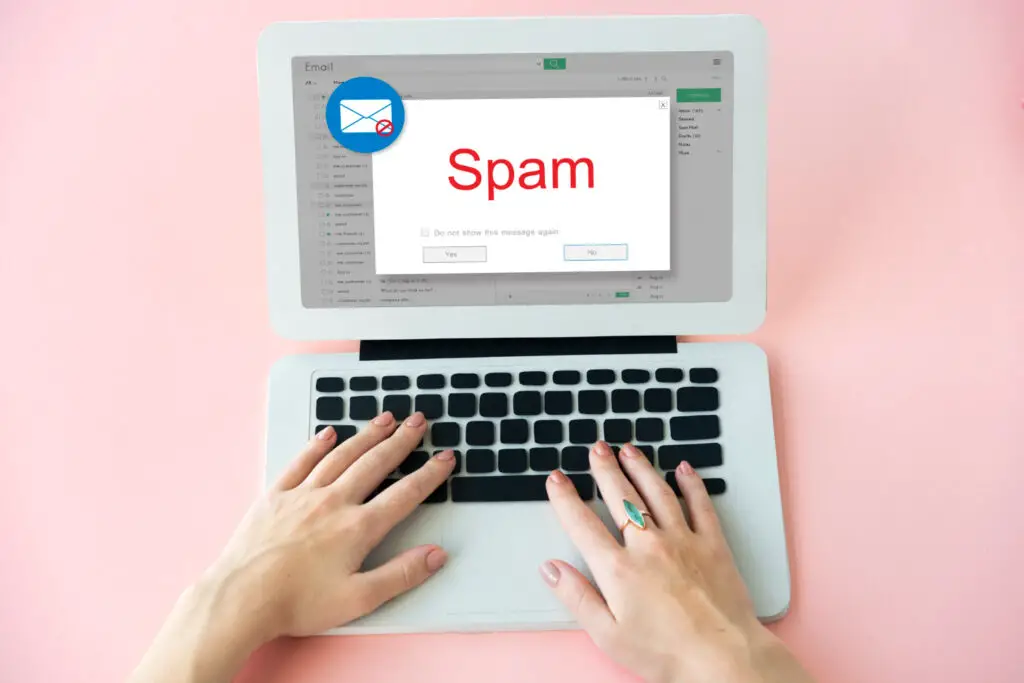Email marketing’s effectiveness in today’s digital marketing environment mostly depends on deliverability, or an email’s capacity to reach the recipient’s inbox as opposed to ending up in the spam folder. Email deliverability is a component of email marketing that is essential to the general efficacy of email campaigns. Emails that are labeled as spam often go ignored, which lessens their marketing effect, decreases engagement, and lowers conversion rates.
Comprehending Email Deliverability
- Terms that are known to set off spam filters include “free,” “miracle cure,” and “urgent.” Steer clear of these phrases to lower the chance of an email being flagged as spam.
- Sender Reputation: A sender’s reputation may be adversely affected by past unsolicited email sending or persistently poor engagement rates, which can impair future email delivery.
- Validity of Email Address: Increased bounce rates result from sending emails to out-of-date or erroneous email addresses, which may damage the sender’s reputation.
- Protocols for Authentication: When email authentication protocols like SPF, DKIM, and DMARC aren’t used, email providers may identify communications as suspicious.
- Email Content: It’s important to strike the correct balance between text and images in emails. Overuse of any one of these may make you more likely to be marked as spam.
Developing a Content Strategy to Improve Deliverability
- Subject Lines: It’s critical to create captivating, unique subject lines without using terms that seem like spam.
- Content Balance: The secret to bypassing the spam filter is to strike a balance between enlightening text, graphic design and encouraging images.
- Clear Language: Emails may avoid being tagged as spam by speaking in a conversational style and avoiding excessive use of jargon or marketing terms.
Technical Techniques to Improve Deliverability
- Putting Authentication Protocols into Practice: Sender validity is established by using SPF, DKIM, and DMARC, which helps get past spam filters.
- Keeping Email Lists Clean: Maintaining a good deliverability rate requires routinely cleaning the email list to get rid of incorrect or expired addresses.
- Data monitoring is essential. You should be tracking metrics like open rates, click-through rates, and bounce rates. Subject lines and content may be improved by using A/B testing.
To ensure your email campaigns are optimized for maximum deliverability, consider using email spam test, an advanced tool designed to assess and enhance email performance. This tool helps you understand how different email clients might view your emails, providing you with crucial insights to prevent your emails from landing in the spam folder. By analyzing your emails through this lens, you can fine-tune your campaigns for unparalleled success.
Using Tools for Testing Email Spam
These tools provide insights into how various email clients could see emails and are intended to assess and improve email performance. It is possible to make changes to stop emails from being reported as spam by utilizing these tools.
Sustaining a Positive Sender Image
- High-quality information: Sending worthwhile and interesting information on a regular basis is essential to preserving a positive sender reputation.
- Encouraging audience involvement to boost engagement rates is known as “fostering engagement.”
- Unsubscribe Procedure: A well-maintained email list will include a polite, uncomplicated unsubscribe procedure.
Important Metrics for Email Marketing
- Delivery Rate: A minimum of 95% should be achieved.
- Open Rate: A reasonable starting point is to aim for an open rate of at least 20%.
- Click-Through Rate: It is widely accepted that a click-through rate of 5% or more is effective.
- Bounce Rate: To preserve the sender’s reputation, the bounce rate should be kept under 2%.
Making Use of A/B Testing
Finding out what appeals to the audience the most requires A/B testing. To determine the most successful tactics, it entails analyzing various email components, including calls to action, content styles, and subject lines.
Commonly Asked Questions
- List Cleaning Frequency: To get rid of bounced addresses and inactive subscribers, you should clean your email list every three months.
- Effect of Subject Line on Deliverability: Focusing on readable, interesting subject lines and steering clear of words that are known to set off spam filters are essential.
- Advantages of Segmenting Lists: Email deliverability, relevance, engagement, and personalization may all be increased by segmenting your list.
- Reacting to Spam Classification: In order to demonstrate a commitment to appropriate practices, it’s critical to examine the problems, improve the content, fix technical flaws, maintain list cleanliness, and communicate with email providers if emails are often classified as spam.
Enhancing Interaction with Customization
In email marketing, personalization is an effective tactic. Engagement may be greatly increased by tailoring emails according to recipient information, such as name, geography, or previous exchanges. Personalized emails may improve open rates and cultivate loyalty by demonstrating to recipients that they are more than simply a name in a database.
Applying Segmentation to Tailored Communications
Email list segmentation enables more relevant and focused communications. Through recipient segmentation based on attributes like behavior, demographics, or past purchases, marketers may customize messages for each group, improving campaign efficacy and relevance.
The Significance of Mobile Optimization
It’s critical to optimize emails for mobile reading since more and more people are accessing their emails on mobile devices. This involves making use of responsive design, making sure that call-to-action buttons are simple to click, and making text legible on smaller displays.
Connecting Email to Additional Marketing Channels
A comprehensive marketing plan may be produced by coordinating email marketing initiatives with those of other platforms, including blogs, social media, and webinars. Through this connection, there will be more opportunities to interact with the audience and more brand exposure.
Commonly Asked Questions
- List Cleaning Frequency: To get rid of bounced addresses and inactive subscribers, you should clean your email list every three months.
- Effect of Subject Line on Deliverability: Focusing on readable, interesting subject lines and steering clear of words that are known to set off spam filters are essential.
- Advantages of Segmenting Lists: Email deliverability, relevance, engagement, and personalization may all be increased by segmenting your list.
- Reacting to Spam Classification: In order to demonstrate a commitment to appropriate practices, it’s critical to examine the problems, improve the content, fix technical flaws, maintain list cleanliness, and communicate with email providers if emails are often classified as spam.
In essence, efficient deliverability techniques are critical to the success of email marketing. Through comprehension of the elements that affect deliverability, creation of interesting and well-balanced content, application of required technical procedures, upholding a solid sender reputation, and utilization of data analytics and personalization, marketers can greatly raise the probability that their emails will be seen by the intended recipients. To guarantee optimum effect and engagement, email marketing strategies must be continuously updated and adjusted.










0 Comments